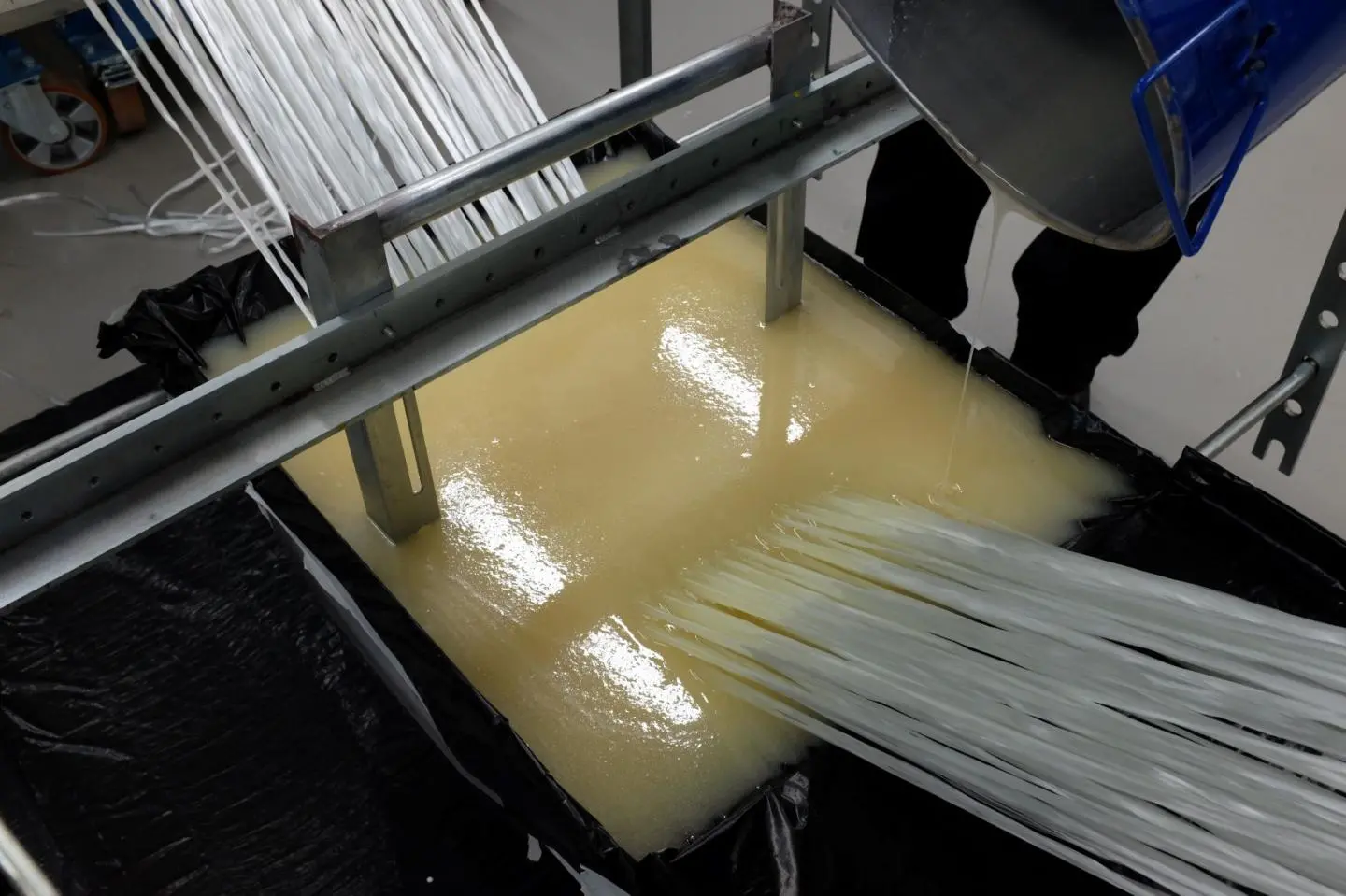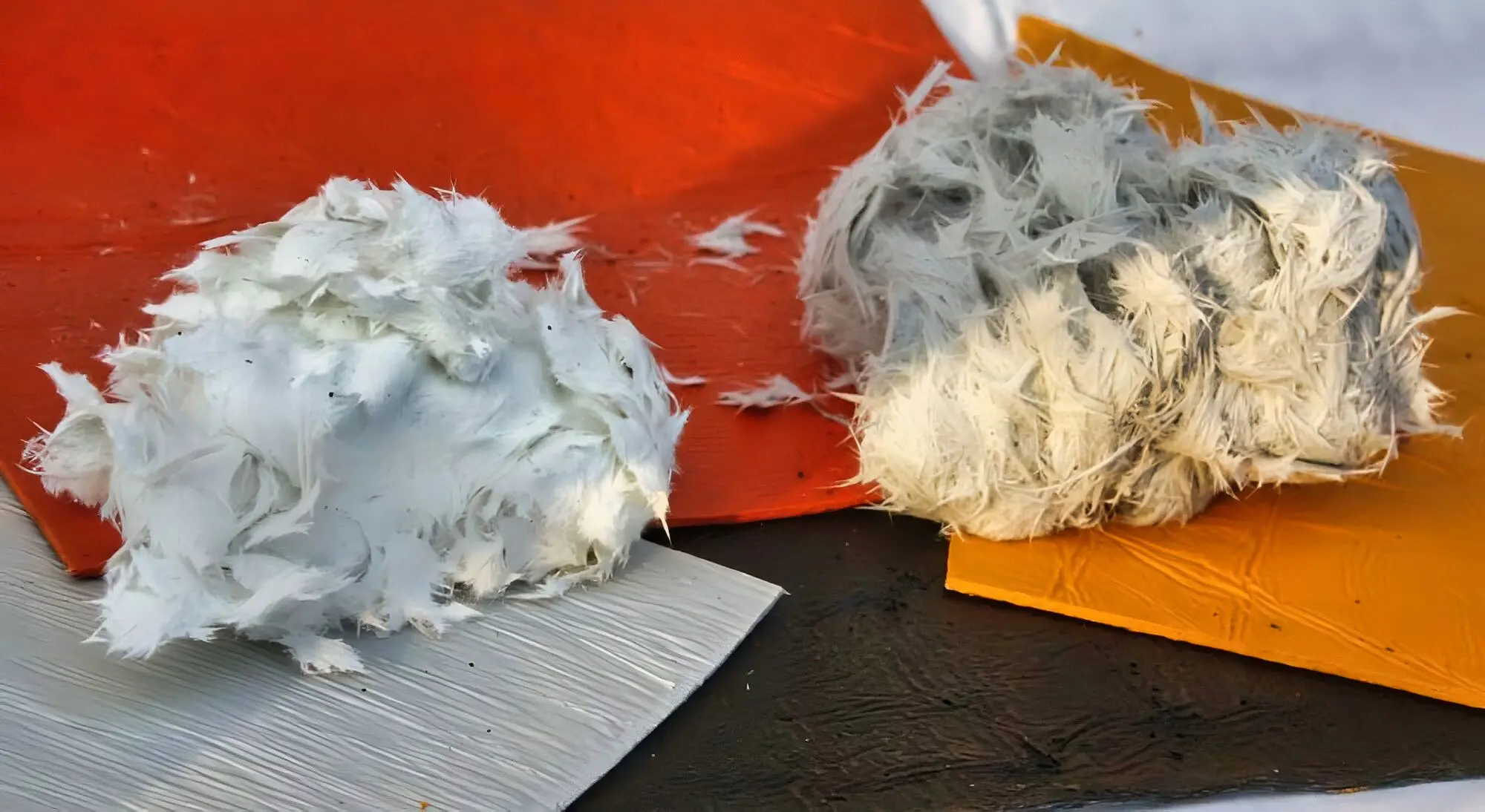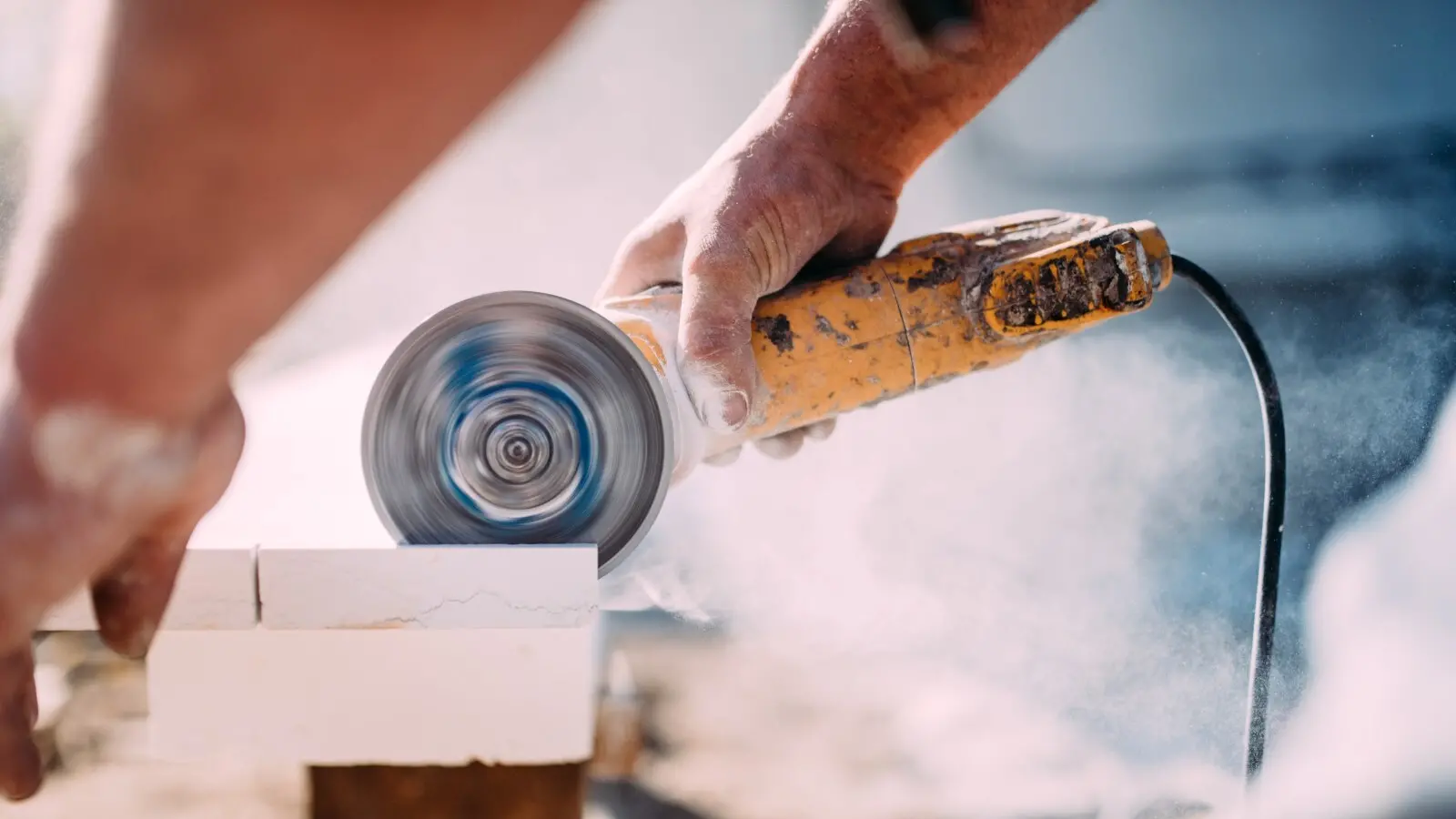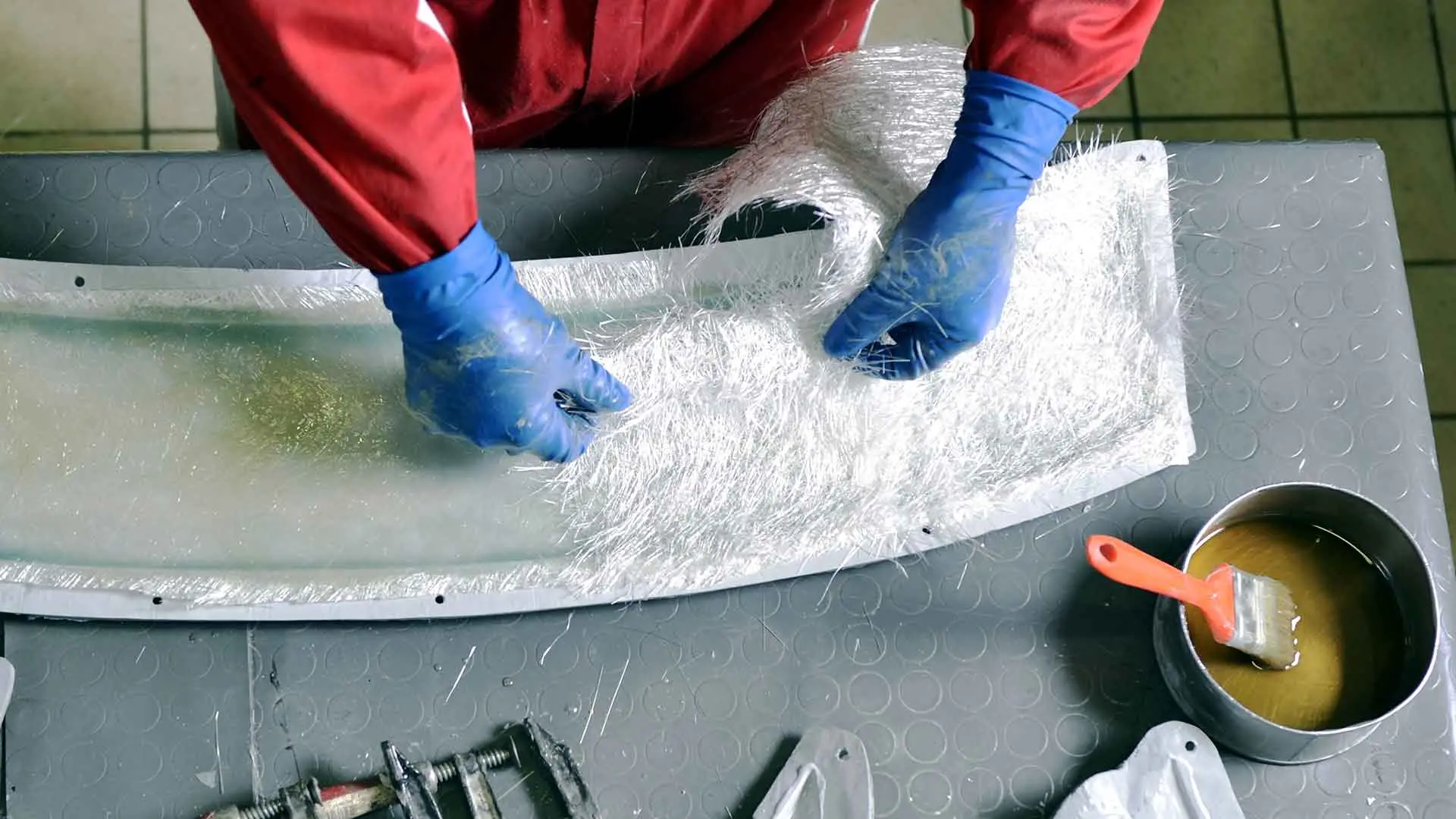How to Address High Shrinkage in Unsaturated Resin
Shrinkage in unsaturated resin occurs due to polymerization during the curing process, which can lead to dimensional changes or internal stress. Here are some common methods to mitigate this issue:
- Use Low-Shrinkage Resins: Opt for unsaturated resins with a lower shrinkage rate to reduce shrinkage during curing. Different brands and types of unsaturated resins may have varying shrinkage properties, so consult your supplier for recommendations on low-shrinkage options.
- Add Fillers: Incorporate suitable fillers, such as glass fibers, particles, or microspheres, into the unsaturated resin to reduce overall shrinkage. Fillers occupy space and decrease the amount of shrinkage.
- Control Curing Temperature: The curing temperature can affect the shrinkage rate of the resin. By regulating the curing temperature, you can adjust the curing rate and shrinkage. Lowering the curing temperature may help reduce shrinkage in resins with high shrinkage rates.
- Use Molds and Support Structures: Utilize appropriate molds and support structures during manufacturing to limit shrinkage in unsaturated resin. Molds and supports provide constraint and reduce dimensional changes.
- Optimize Curing Process: Adjust curing process parameters such as curing time, pressure, and temperature to minimize shrinkage. Optimizing the curing process can lead to better shrinkage control and improved product quality.



